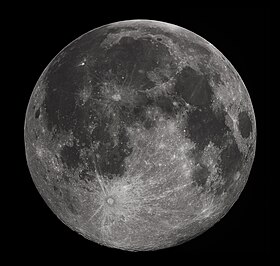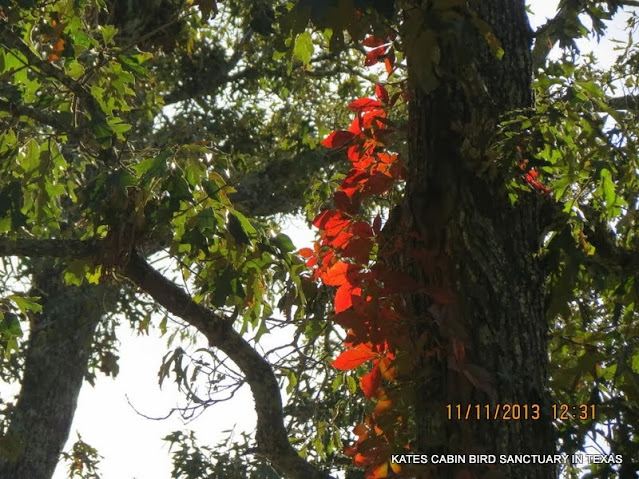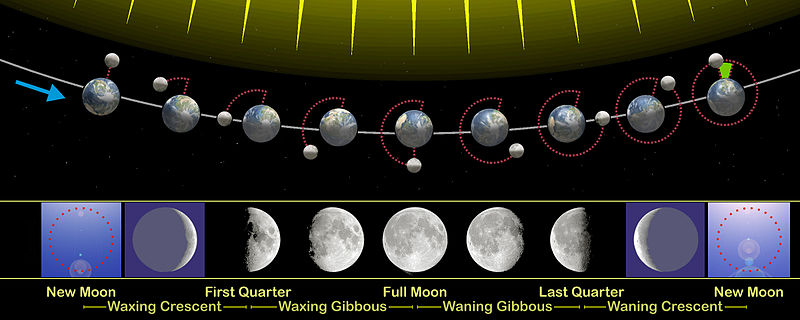
Hi Everybody!!
I captured the Beaver Moonbow for You. Shared below is information excerpts from the Google Search and Wikipedia about this Frosty, Full, November Moon. You know, your experience on the internet can be whatever You want. Try to remember on your personal journey through life, it is Knowledge that we all seek. There is no such thing as go to school as a kid, graduate and then sit back on the couch and play games the rest of your life! That is not Why we are here. I am so happy to see many new opportunities unfolding before our eyes to help us learn as much as we can. Or You can click off-always your choice. As we head toward the end of the year, I would like for You to think about what is really important to You. What are your core values? Perhaps the Taurus Moon will indeed bring us into alignment with our core value. Enjoy!


Moon - Wikipedia, the free encyclopedia
en.wikipedia.org/wiki/Moon
Moon
From Wikipedia, the free encyclopedia
The monthly changes of angle between the direction of illumination by the Sun and viewing from Earth, and the phases of the Moon that result
Moon 
Full moon as seen from Earth's northern hemisphere
DesignationsAdjectivelunar, selenicOrbital characteristicsPerigee363,295 km(0.0024 AU)Apogee405,503 km
(0.0027 AU)Semi-major axis384,399 km
(0.00257 AU)[1]Eccentricity0.0549[1]Orbital period27.321582 d (27 d 7 h 43.1 min[1])Synodic period29.530589 d (29 d 12 h 44 min 2.9 s)Average orbital speed1.022 km/sInclination5.145° to the ecliptic[2] (between 18.29° and 28.58° to Earth's equator)[1]Longitude of ascending noderegressing by one revolution in 18.6 yearsArgument of perigeeprogressing by one revolution in 8.85 yearsSatellite ofEarthPhysical characteristicsMean radius1,737.10 km (0.273 Earths)[1][3]Equatorialradius1,738.14 km (0.273 Earths)[3]Polar radius1,735.97 km (0.273 Earths)[3]Flattening0.00125Circumference10,921 km (equatorial)Surface area3.793 × 107 km2 (0.074 Earths)Volume2.1958 × 1010 km3 (0.020 Earths)Mass7.3477 × 1022 kg (0.012300 Earths[1])Mean density3.3464 g/cm3[1]Equatorial surface gravity1.622 m/s2 (0.165 4 g)Escape velocity2.38 km/sSidereal rotation period27.321582 d (synchronous)Equatorial rotation velocity4.627 m/sAxial tilt1.5424° (to ecliptic)
6.687° (to orbit plane)[2]Albedo0.136[4]
| Surface temp. | min | mean | max |
|---|---|---|---|
| equator | 100 K | 220 K | 390 K |
| 85°N[5] | 70 K | 130 K | 230 K |
−12.74 (mean full moon)[3]Angular diameter29.3 to 34.1 arcminutes[3][b]Atmosphere[6]Surfacepressure10−7 Pa (day)
10−10 Pa (night)[c]CompositionAr, He, Na, K, H, Rn
Full Moon Names and Their Meanings | Farmers' Almanac
www.farmersalmanac.com/full-moon-names/
Moonbow - Wikipedia, the free encyclopedia
en.wikipedia.org/wiki/Moonbow
https://en.wikipedia.org/wiki/Moonbow
Moonbow
From Wikipedia, the free encyclopedia
A moonbow (also known as a lunar rainbow, black rainbow, white rainbow, lunar bow, or space rainbow) is a rainbow produced by light reflected off the surface of the moon (rather than from direct sunlight) refracting off of moisture in the air. Moonbows are relatively faint, due to the smaller amount of light reflected from the surface of the moon.
True moonbows[edit]
A true moonbow is lit by reflected light from the Moon, not directly by the Sun. In contrast, a colored rainbow (or a white fogbow) seen when the sun is rising or setting, or in twilight, is not a moonbow because it is still produced by sunlight.
Moonbows have been mentioned at least since Aristotle's Meteorology (circa 350 BC), and also in an 1847 publication.[2]
False moonbows[edit]
A colored circle around the moon is not a moonbow—it is usually a 22° halo produced by refraction through hexagonal ice crystals in cirrus cloud. Colored rings close to the moon are acorona, a diffraction phenomenon produced by minuscule water droplets or ice crystals in clouds.
Moonbow viewing[edit]
Moonbows are most easily viewed when the moon is near to full (when it is brightest). For true moonbows, other than those produced by waterfalls or sprays, the moon must be low in the sky (less than 42 degrees and preferably lower) and the sky must be very dark. Since the sky is still light on a rising full moon, this means they can only be observed 2 to 3 hours before sunrise, a time with few observers. And, of course, there must be rain falling opposite the moon. This combination of requirements makes moonbows much rarer than rainbows produced by the sun. Moonbows may also be visible when rain falls during full moonrise at extreme latitudes during the winter months, when the prevalence of the hours of darkness give more opportunity for the phenomenon to be observed.



Link To Album:
https://plus.google.com/photos/117645114459863049265/albums/5948581790762243793


FULL MOON in Taurus November 17th 2013 - MYSTICMAMMA.COM
www.mysticmamma.com/full-moon-in-taurus-november-17th-2013/
4 days ago - FULL MOON in Taurus is here on November 17th 2013 bringing in some grounding energy to help us align with our core values and what truly ...
ATTENTION: +jerry robin
https://plus.google.com/photos/117645114459863049265/albums/5947956134579734977

Fat Sissy displays how to roll around in the grass:


Sunrise for You at my front gate!

...this is brendasue signing off from Rainbow Creek. See You next time! Watch Out for the seasonal Flu that is showing up here!

*Note:
In real time, I have been gone a week suffering with a Nasty Flu. Thank You all for your thoughts and I will catch up on the mail. I do not tell You enough how special you are to stop by and say hi-
THANK YOU ALL AND BIG HUGS AND KISSES!
O+O



No comments:
Post a Comment
Hi Everybody! Please say hello and follow so I know you are here! Due to the inconsideration of people trying to put commercials on my blog comment area, I have restricted use of anonymous posts. Sorry that some hurt all.
My public email is katescabin@gmail.com No spammers or trolls